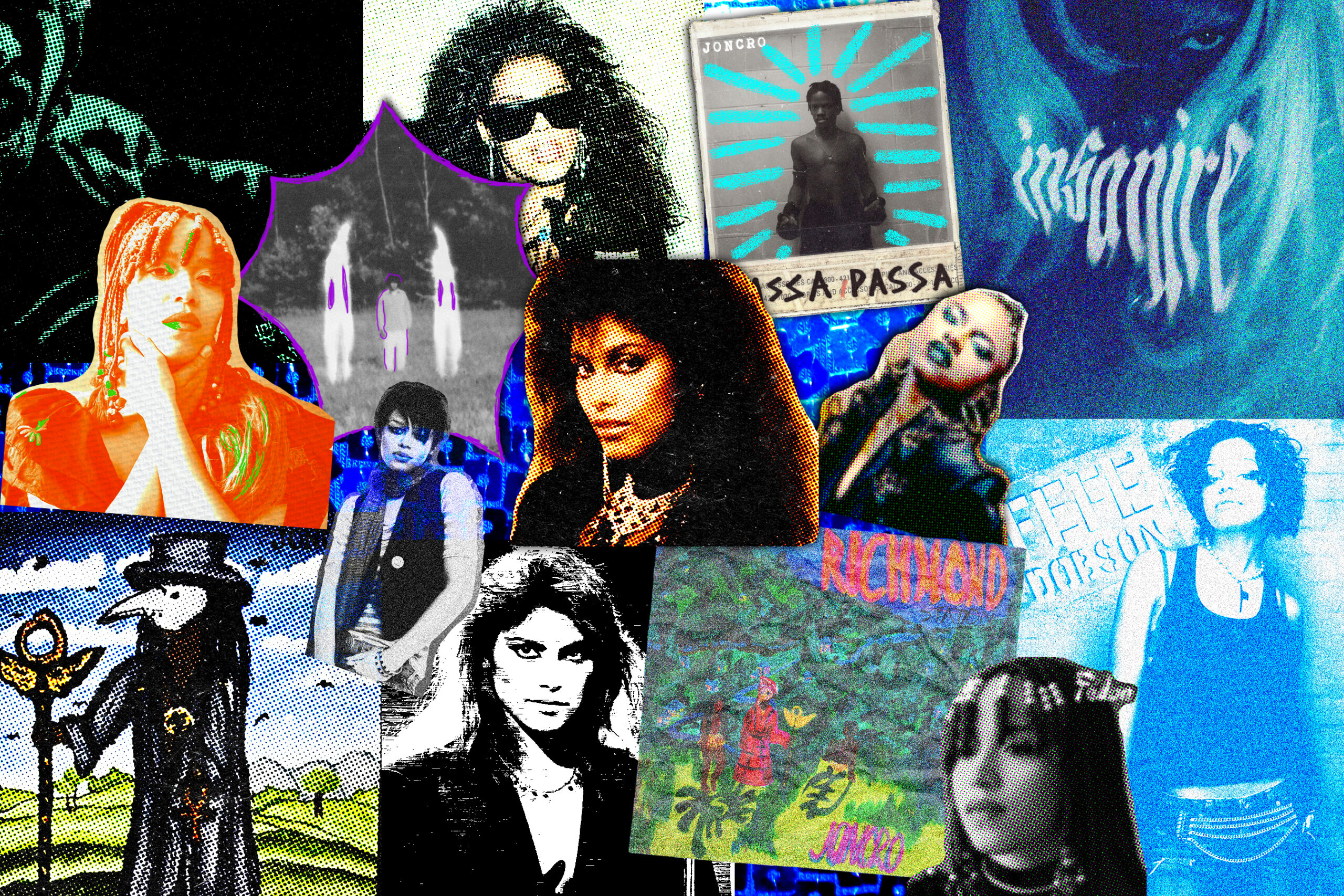The local studio changed two dances in the classic ballet considered culturally insensitive
By: Mijal Kleinkopf Madrigal

“Nutcracker Season” has performers scrambling to put on a magical show for audiences. But in the 2021 season, one ballet company made an effort to represent different cultures in a more inclusive and positive light.
Evolutions School of Dance (ESD) in Calgary has changed the names of “Arabian” and “Chinese” dance pieces in The Nutcracker to “Coffee” and “Tea” to be more culturally appropriate. These names reflect the Land of Sweets that Clara, the main character, is introduced to in the second act of the ballet.
Pieces known as “Russian” (or “Trepak”) and “Spanish” have been changed to “Peppermint” and “Chocolate.”
Vanessa Wright, ESD owner and director, and Natalka Lewis, ballet teacher and director at ESD, choreographed their own version of these pieces with none of them portraying a specific culture.
“We purposely chose the candy route and then took inspiration with our artistic abilities to pull off those elements of those candy pieces,” said Wright.
ESD performed the classic ballet live for the first time on Dec. 12 at Decidedly Jazz Danceworks in Calgary.
Wright said that the only way ESD would portray these cultures is if they brought in a professional dancer to teach a culturally appropriate dance.
Further changes to The Nutcracker have been made by challenging gender norms. The characters Drosselmeyer, Rat King, and Nutcracker were played by female dancers in ESD’s The Nutcracker adaptation.
In the classic version of The Nutcracker, the “Arabian” dance is meant to represent coffee in the Land of Sweets, while the “Chinese” dance represents tea.
The original pieces have portrayed both Chinese and Arabian culture in a stereotypical light. Dancers in the “Arabian” piece are seen with harem costumes, often doing hand gestures similar to those seen in Egyptian hieroglyphs.
In the “Chinese” piece, dancers are often dressed in a tang and may have either a traditional Chinese headdress or farmer hat. Props such as fans and colourful umbrellas are used, which can be seen in some forms of Chinese folk dance.
“It clearly isn’t representative of this [folk] dance, but my first impressions from watching it purely from an artistic or entertainment standpoint, it was enjoyable and impressive,” said Justin Lui, an amateur ballet and Chinese folk dancer based in Toronto. “They take their impressions of it, a very superficial impression of it, and stereotypical ideas of what it would look like with hand gestures.”

Cultural appropriation in ballet dates back to the 18th century with Russian classical ballet. Marius Petipa choreographed the majority of ballets in this era, among them, The Nutcracker.
“A big development of this part of ballet was the balletisizing of folk dances,” said Amy Bowring, executive and curatorial director at Dance Collection Danse. “For example, the dances that were common in Europe like czardas, polka, those kinds of dances became balletisized.”
Balletisizing refers to adding ballet technique and elements to a dance that does possess them.
Bowring goes back to the Romantic Era of ballet, around 1830, characterized by ballets such as Giselle, Coppelia, and La Sylphide. These ballets were set in locations considered exotic, such as in the highlands of Scotland.
“This idea of setting ballets in other countries or bringing in elements of dance from other countries was something that was developed in the Romantic Era and was continued in the classical Russian era of ballet’s development,” said Bowring.
“That’s where you get things like the Arabian dance, the Chinese dance. There’s also a Russian doll dance in The Nutcracker.”
Other than The Nutcracker, classical ballets such as Le Corsaire and Peer Gynt, have depicted stereotypes of SWANA (South West Asia/North Africa).
Bowring theorizes that this fixation on this area started from degrowth in archaeology, particularly in Egypt. Because of this and the proximity between the lands (such as not having to cross an ocean, only having to cross small bodies of water or arriving by land), those images spread easily throughout Europe.
Considering these ballets were made around the Victorian Era, there was a conservative way of dressing. In women’s fashion, necklines were up to their necks, and skirts covered their ankles.
However, in Mediterranean countries, due to the hot weather, people didn’t need to cover up.
“That must’ve been fascinating to northern peoples, right? To come across societies that did not have to be quite so bundled up, quite so covered,” Bowring said.
As society progresses, and people become aware of stereotypes in beloved classics like The Nutcracker, there is still a lot of work to be done both in and out of the ballet world.
As Lui said: “There’s room, maybe even a responsibility, for the work to grow and evolve with a more global worldview.”




